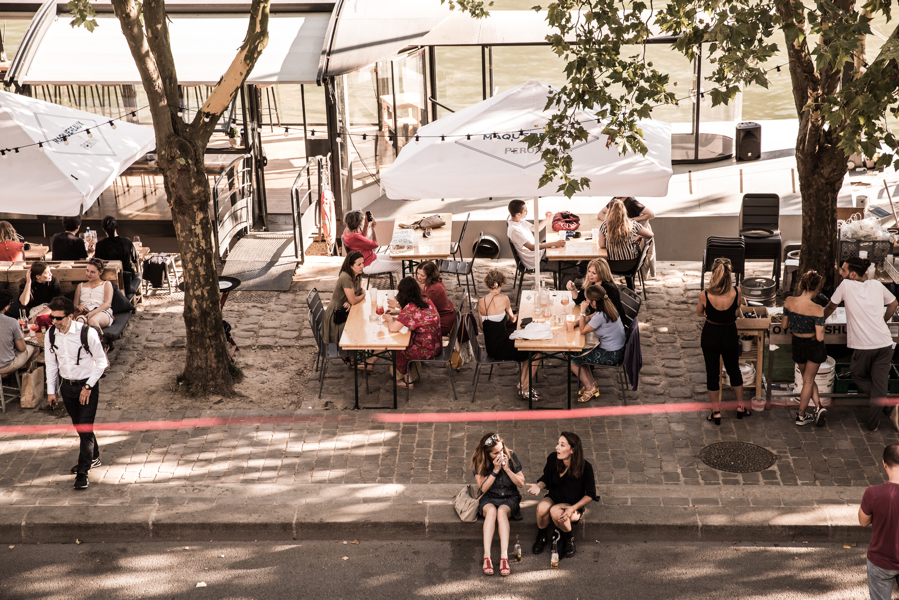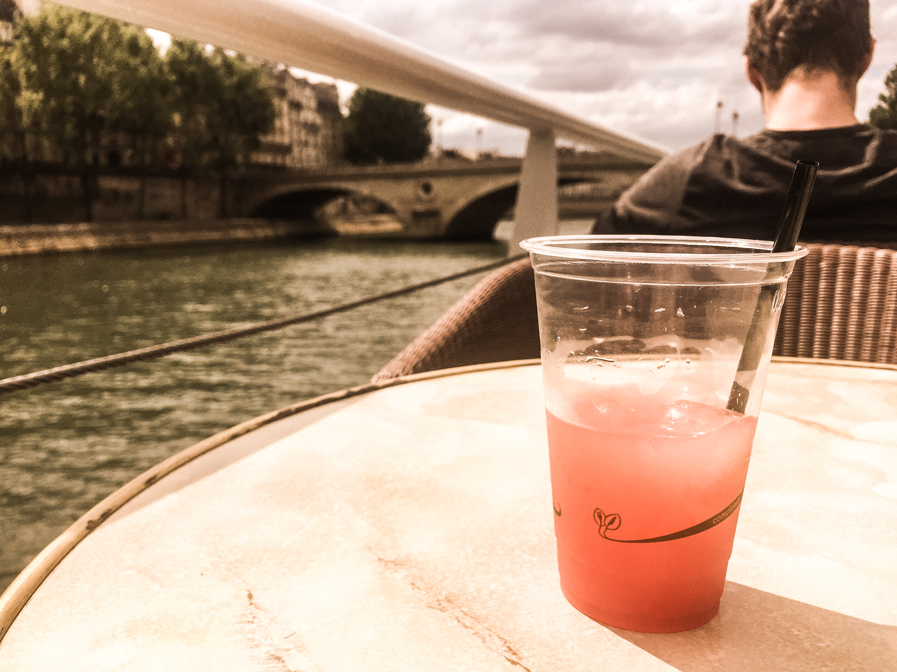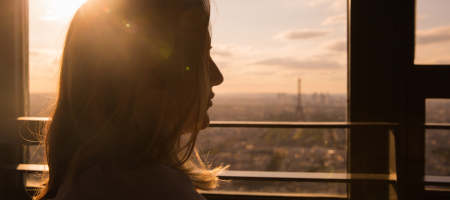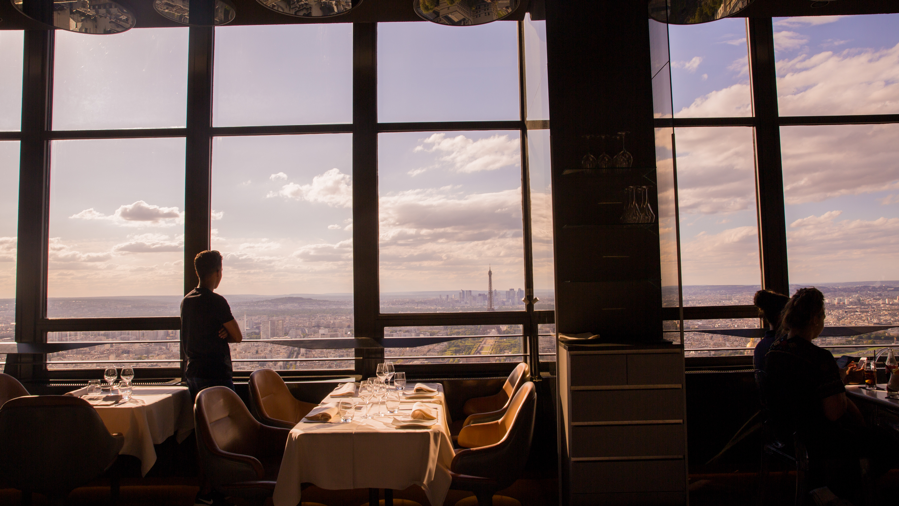France | Paris in the Rain
BY SARAH BRANDENBURG
I had one wish before leaving Paris. I wanted to experience Paris in the rain. It was hot, unexpected, but it poured one day.
I walked out of my classroom and there it was, a wall of water showering on all of us. My wish had come true. A storm had surprised the city, and I was given the rare chance to explore Paris in the rain, a summertime rain.
Here are a few photographs and a film of Paris in the rain.
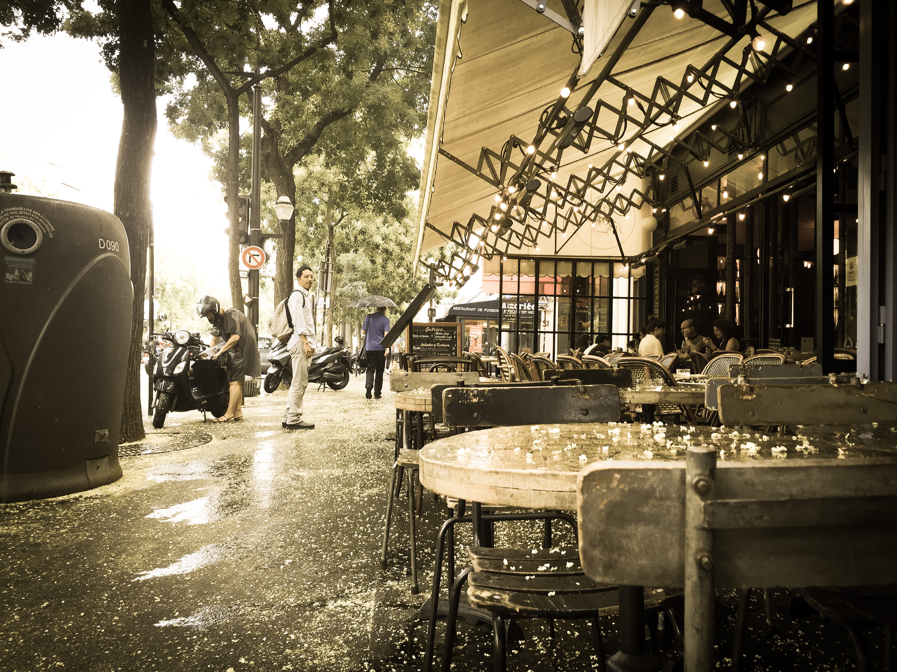


Sarah Brandenburg studied abroad in Paris, France in summer 2018: https://ieo.ucla.edu/travelstudy/French-Paris/






